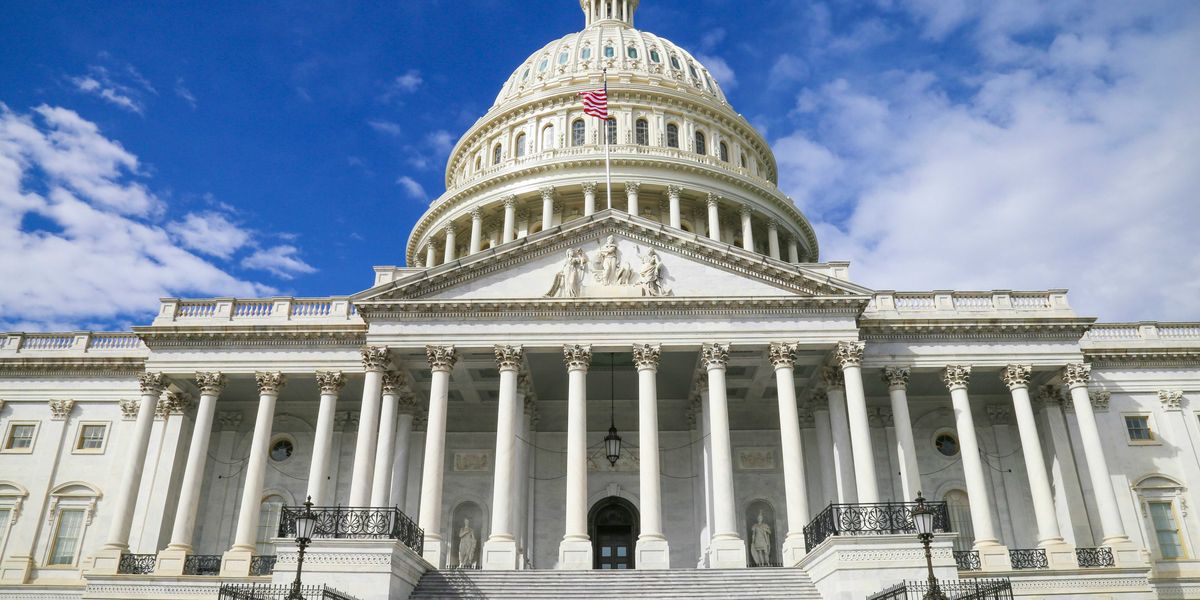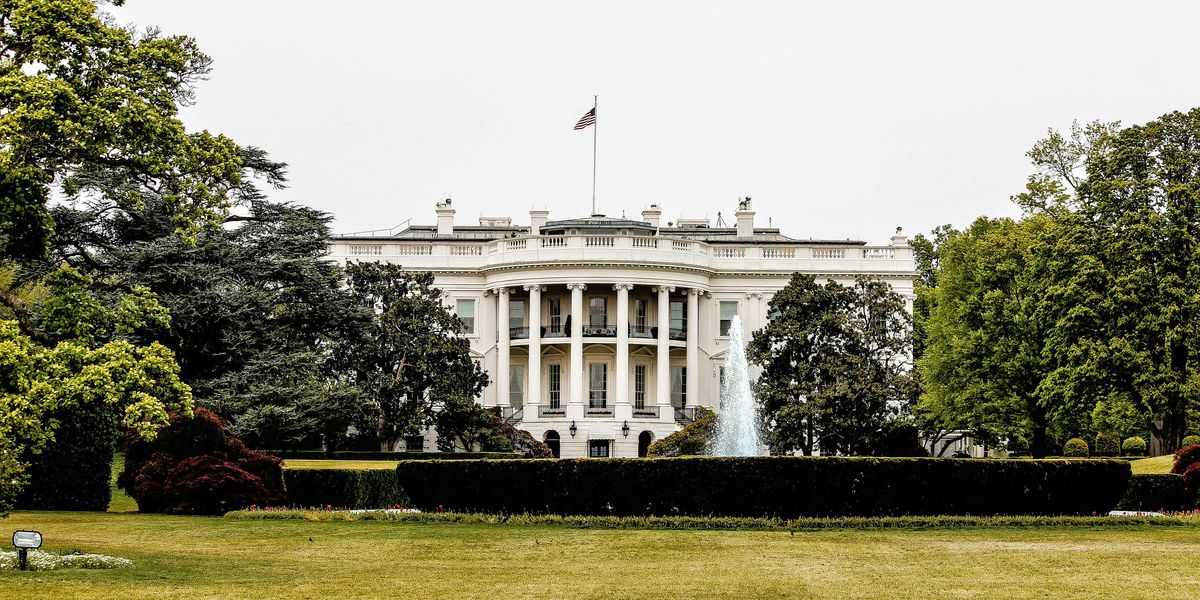Rising tides and outdated rules leave New Jersey shore towns vulnerable to flooding
New Jersey’s coastline faces more frequent flooding as sea levels rise faster than the global average, forcing towns and the state to grapple with long-term threats and contested climate policies.
Emilie Lounsberry reports for Inside Climate News.
In short:
- Sea levels along New Jersey’s coast have risen 18 inches since the early 1900s — twice the global average — leading to increasingly common “sunny day” floods in low-lying areas like Atlantic City.
- The state plans to finalize new climate resilience rules this fall, including building elevation mandates in high-risk flood zones and requirements for municipalities to integrate resilience into land use planning.
- Local governments and developers argue the proposed Resilient Environments and Landscapes (REAL) regulations go too far, while state officials warn the risk will only worsen without action.
Key quote:
“Sometimes I have to close my business because the water’s at my door.”
— Jeraldo Diaz, manager of El Rinconcito grocery in Atlantic City
Why this matters:
Sea level rise is already disrupting life along the U.S. East Coast. In New Jersey, the risk is amplified by sinking land and dense coastal development. Even modest increases in sea level raise the odds of flooding during high tides, storms, and full moons, damaging infrastructure and threatening public safety. As tides creep higher, streets turn into rivers, homes become uninhabitable, and businesses shut their doors. The state’s proposed regulations attempt to brace for a wetter future, but without unified support and long-term funding — especially under a federal government less inclined to back climate adaptation — the region’s patchwork defenses may fall short. From Miami to Norfolk, coastal cities are racing the clock as rising seas test the limits of old infrastructure, land use habits, and emergency preparedness.
Read more: Flood risk grows for tens of thousands of New Jersey homes as seas rise













